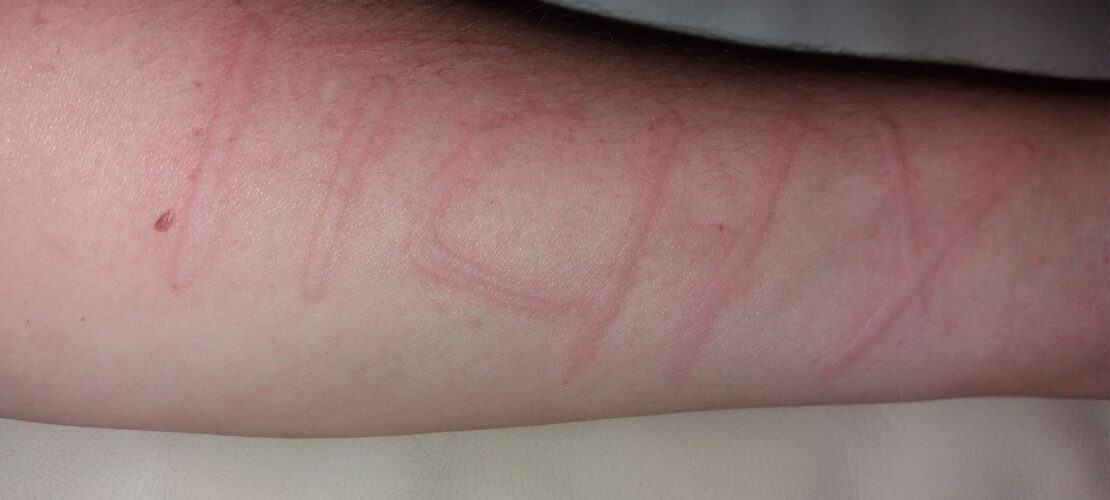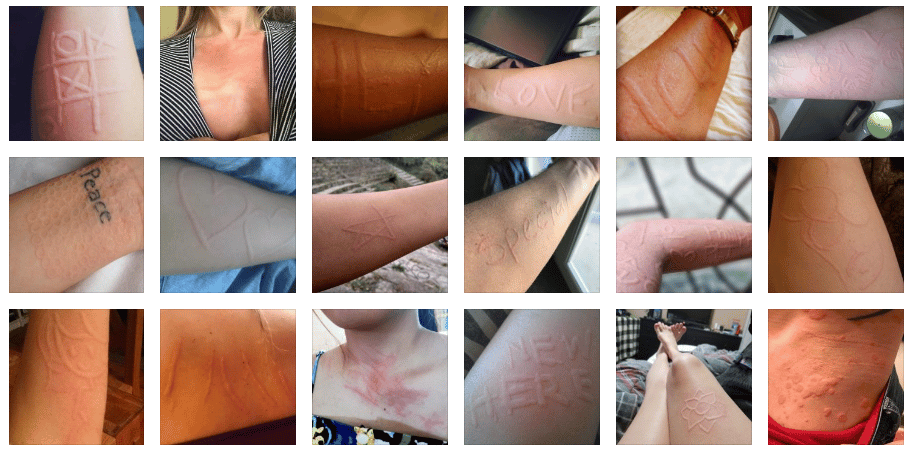As someone who has lived with dermatographia for over 20 years, I know how frustrating and isolating it can feel. The itching, the welts—it’s not easy to manage, and I’ve spent a lot of time experimenting with different treatments to find relief. But the good news is, we’re not alone in this.
Our Facebook group now has over 3,000 members, all dealing with the same symptoms, and we’ve come together to share what actually works. From antihistamines to alternative therapies, I’ve seen people find real relief in a variety of ways. Let me walk you through the treatment plans that our community members recommend most.
1. Antihistamines: A Common Relief
One of the most common treatments people talk about is antihistamines. I’ve personally found some relief with them, and many others have, too. Medications like Zyrtec, Allegra, and Xyzal seem to be the most recommended. They don’t always solve everything, but they can definitely help with the itching and inflammation.
- Kathryn mentioned that Zyrtec works well for her: “It doesn’t take away the redness, but it stops the itch. One tablet lasts 24 hours.”
- Cindy shared that she takes Allegra every morning and Zyrtec every night: “It’s helped me a lot.”
Everyone’s body reacts differently, though. Jennifer suggested trying different non-drowsy antihistamines until you find the one that works. “It’s a bit of trial and error,” she said, and that’s been my experience as well. If you’re new to dermatographia, you might want to read more about common symptoms to see if this could be an option for you.
2. Combining Treatments: A Personalized Approach
Some people find that a combination of treatments works best for them. For example, Brittana said that using Biofreeze for immediate relief helps: “It works on contact for me,” she shared. Selma also found success taking Allegra in the morning and again at night.
For others, it’s not just about meds. Sarah was diagnosed with mast cell activation syndrome, and she found that using Cromolyn Sodium combined with high doses of Blexten really helped her manage her symptoms.
What I’ve learned through my own journey is that treating dermatographia is rarely one-size-fits-all. You might need to mix and match methods, just like so many in our community have done. Check out the about page on Dermatographia.com for more on what others have found helpful.
3. Lifestyle Changes: Simple Adjustments, Big Impact
Lifestyle adjustments have also made a difference for me, and others in our group have had similar experiences. Jacob, who’s dealt with dermatographia for over 20 years, shared his strategy: “I stopped using NSAIDs and anything with Red Dye 40, and I wash my clothes twice without fabric softener. It’s made a huge difference.”
For Bongiwe, certain materials and jewelry were her triggers. She said, “I stopped wearing jewelry and change any material that makes me itchy.” I’ve found similar relief by being more mindful of what’s rubbing against my skin—simple changes like this can go a long way.
If you think your symptoms are triggered by external factors, Healthline has some great tips on how friction and certain fabrics can make things worse.
4. Exploring Alternative Therapies
I’ve always been a big believer in exploring all possible options when it comes to health, and it turns out, many in our group feel the same. Mirna said she had great success with Access Bars healing and Reiki, two alternative therapies. While these methods aren’t for everyone, I’ve found that sometimes it’s worth trying something outside the box.
Others, like Nawal and Sarah, have had success with mast cell stabilizers like Cromolyn, which help reduce the inflammation that dermatographia causes. Managing inflammation has been a key part of my own treatment plan, too.
If you’re open to experimenting with alternative therapies, you can learn more about potential triggers and treatments on the common symptoms page.
5. Dietary Changes: What You Eat Matters
Diet has played a big role in managing my own dermatographia, and many others in our group have seen improvement by making adjustments to what they eat. Aaron shared his experience: “I stopped eating anything with Red Dye 40, and I’ve noticed less severe flare-ups.”
I’ve found that cutting back on sugar, dairy, and processed foods has also helped me reduce the frequency of my flare-ups. WebMD even suggests keeping a food diary to track what might be triggering your symptoms.
Final Thoughts: You’re Not Alone in This
Living with dermatographia can be tough, but the experiences shared by our 3,000 members show that there are ways to manage it. Whether it’s trying antihistamines like Zyrtec or exploring alternative therapies like Access Bars, people are finding solutions. And remember, you don’t have to figure this out alone—there’s a whole community here to support you.
If you’ve found something that works, or if you’re still searching for answers, feel free to share your story. Join our Reddit group and connect with others who are walking the same path.



I struggled with dermatographia for years and thought nothing would ever help. But then I decided to really focus on my diet, and it’s been a game-changer. I cut out processed foods, especially sugar, dairy, and gluten, and I saw a huge difference in my flare-ups. I’ve also started eating more anti-inflammatory foods like fish, leafy greens, and berries, and my skin feels so much better.
Thank you for your help with the survey. It’s nice to know that other people have this problem too.
You helped me a lot over the years with this website, thank you for sharing your journey with dermatographia.